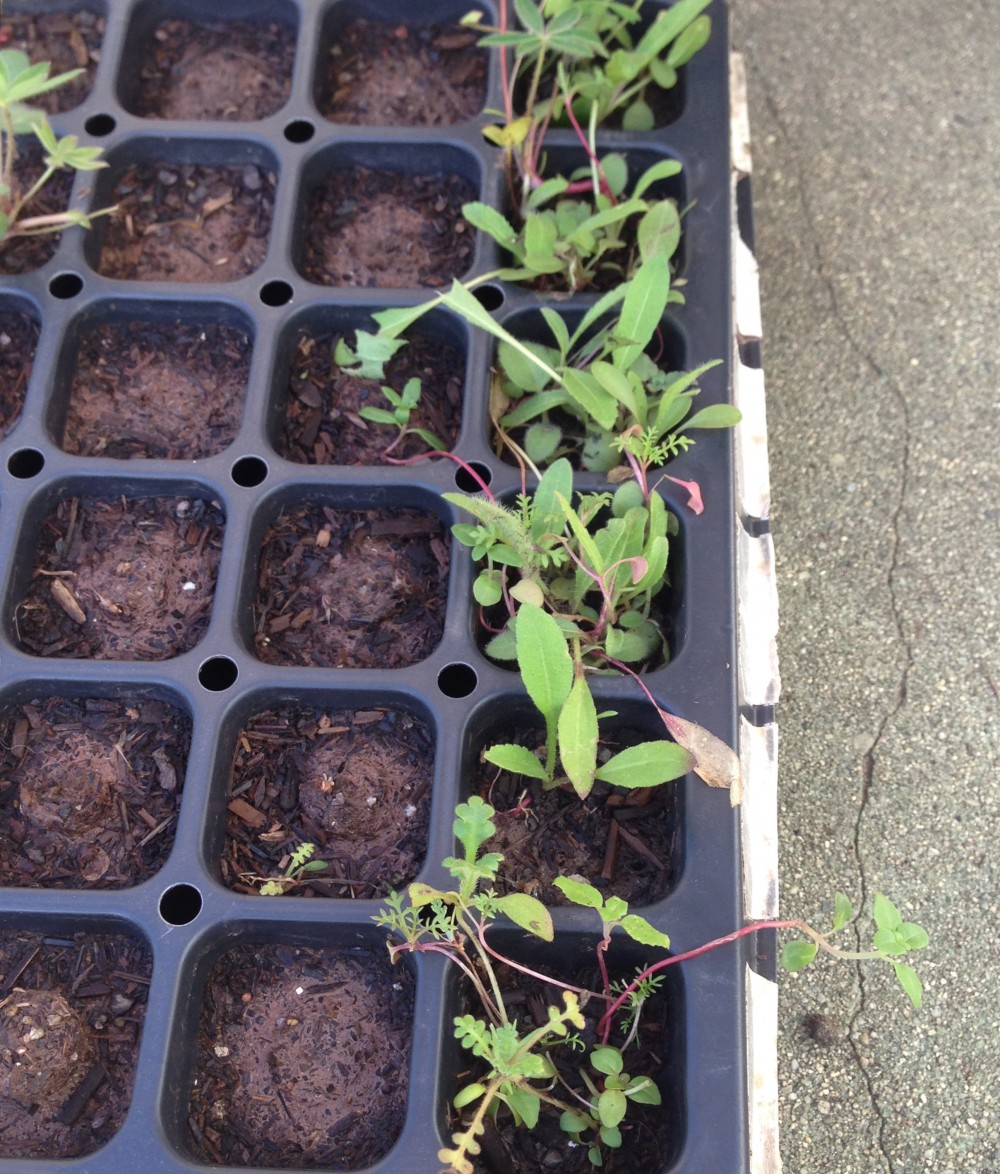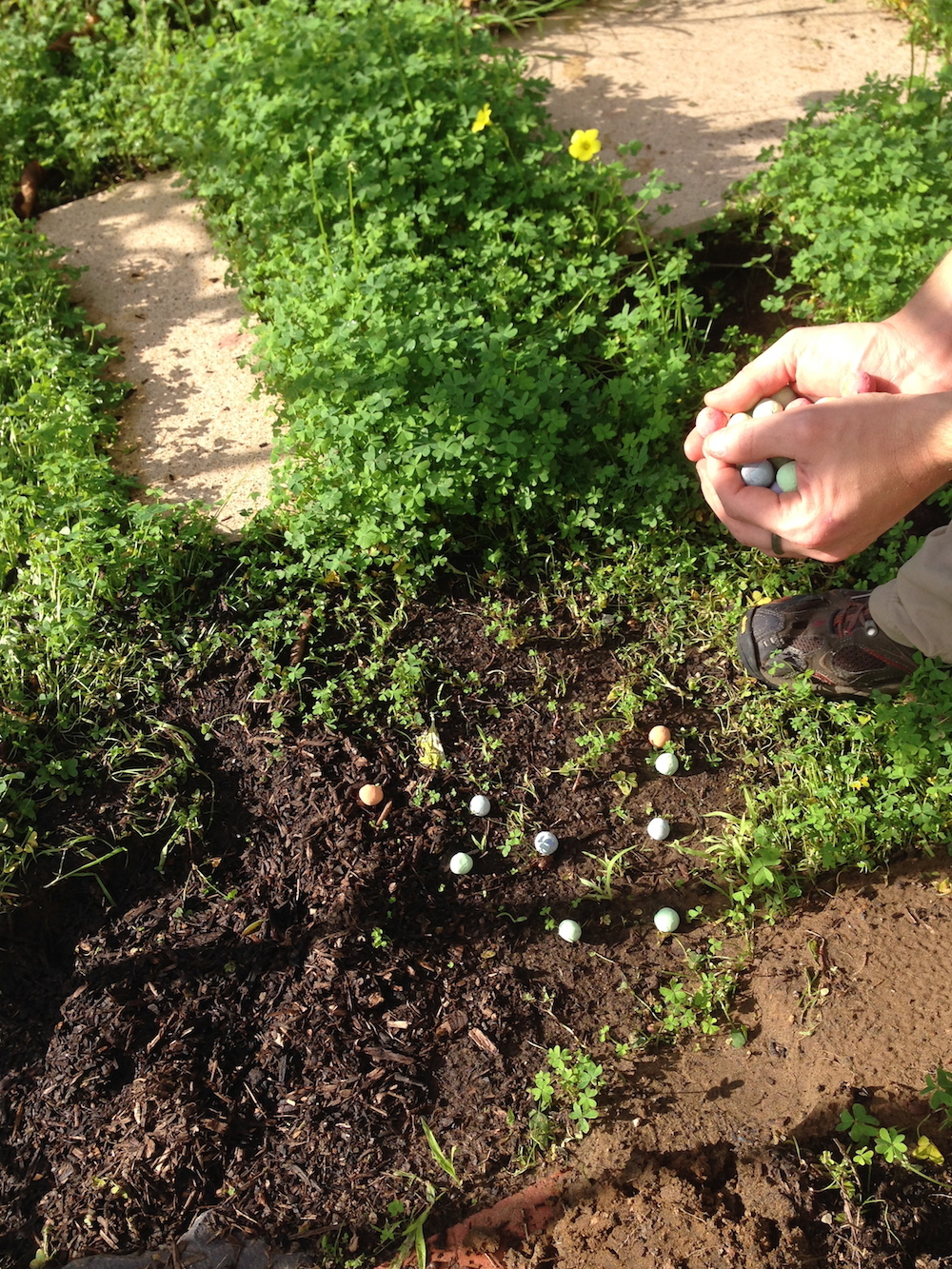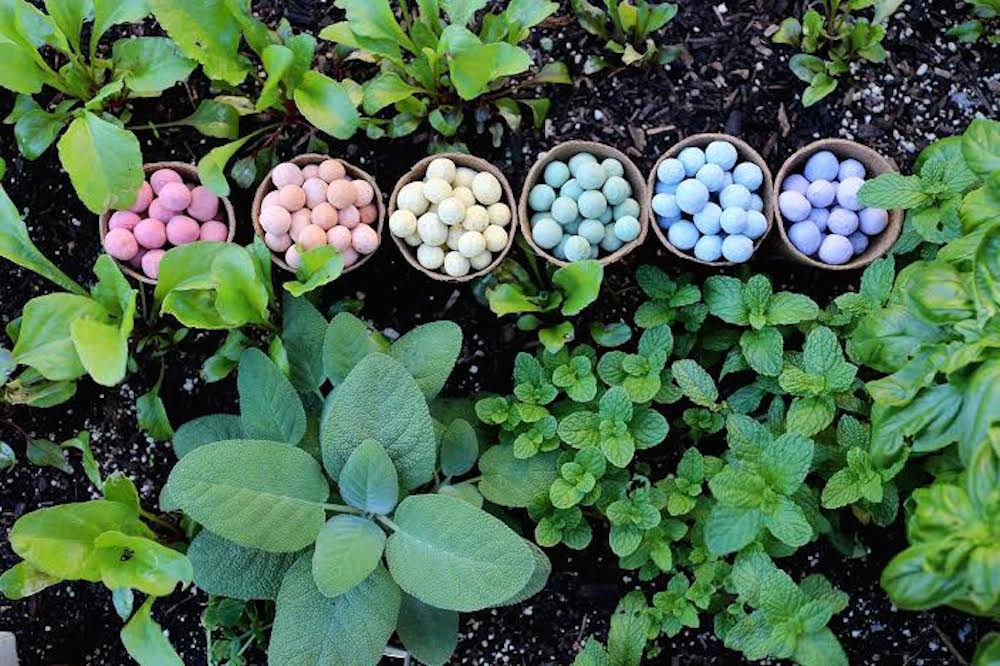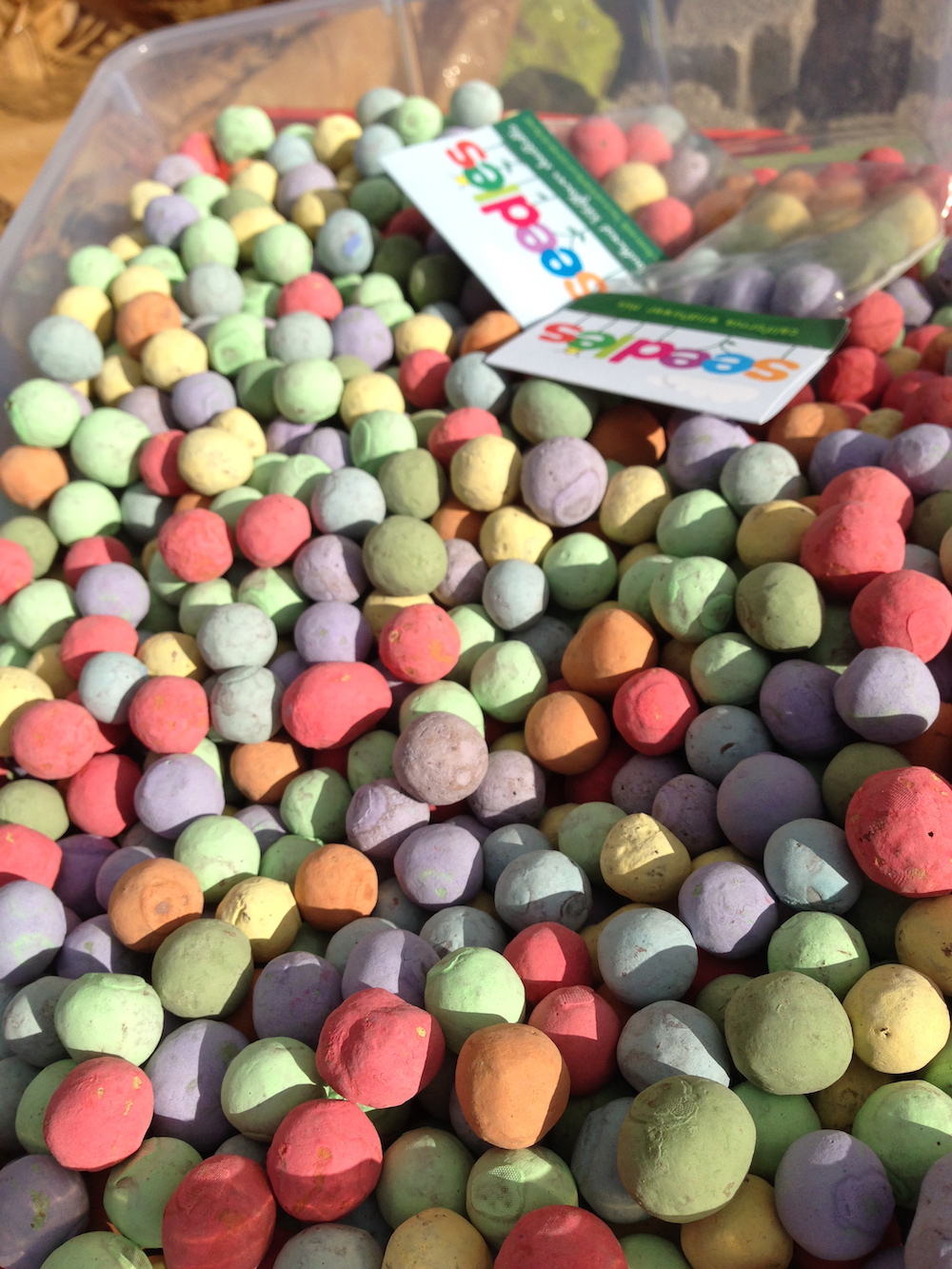
When Daly City residents Chris Burley and Ei Ei Khin had their first child in 2013, they knew they wanted to do something to make the world a better place for their son. They brainstormed different options on how they could help create a more sustainable food system for their child. Burley and Khin tossed around the idea of starting an organic farm or only eating local. Their final decision, Chris said, was actually the simplest - bringing back the declining bee population.
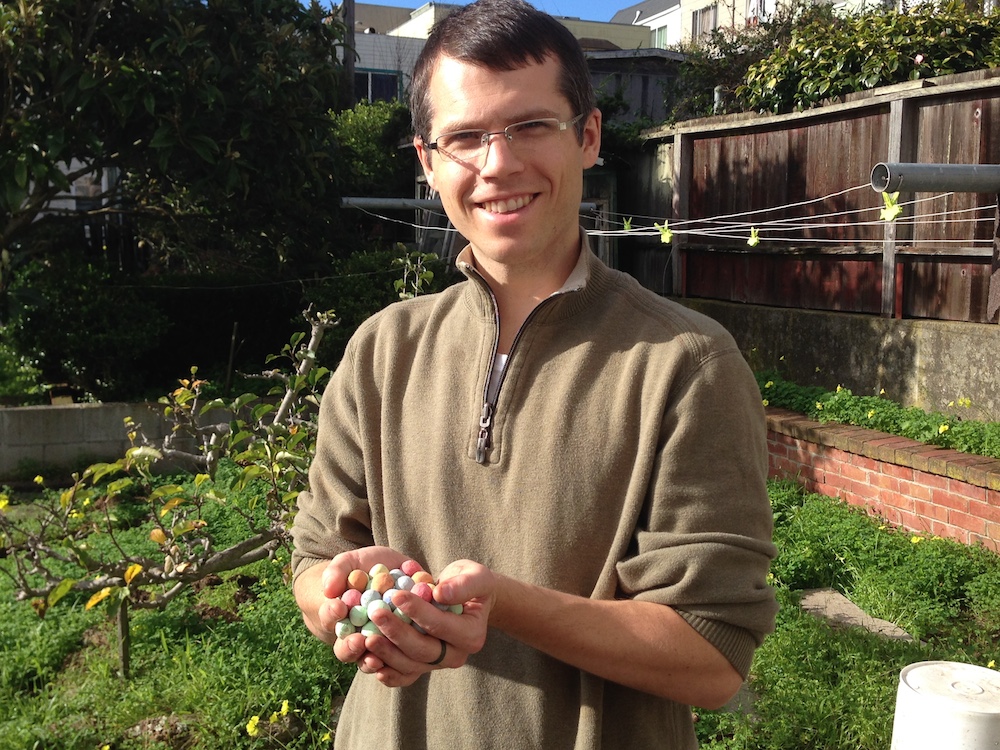
“We scoured lots of research for the best ways to do this. A lot people say reduce your pesticides, other people say support sustainable farming, others say to plant a bee-friendly habitat in your yard, and we thought that the one that was the easiest and most successful was just planting wildflowers,” Burley says.
So, he and his wife developed Seedles - small colorful seed balls made out of clay, organic compost, and wildflower seeds, coated with natural pigment dyes, that you can throw anywhere. With the help of some rain, the Seedles make their way into the soil and eventually sprout wildflowers that attract bees.
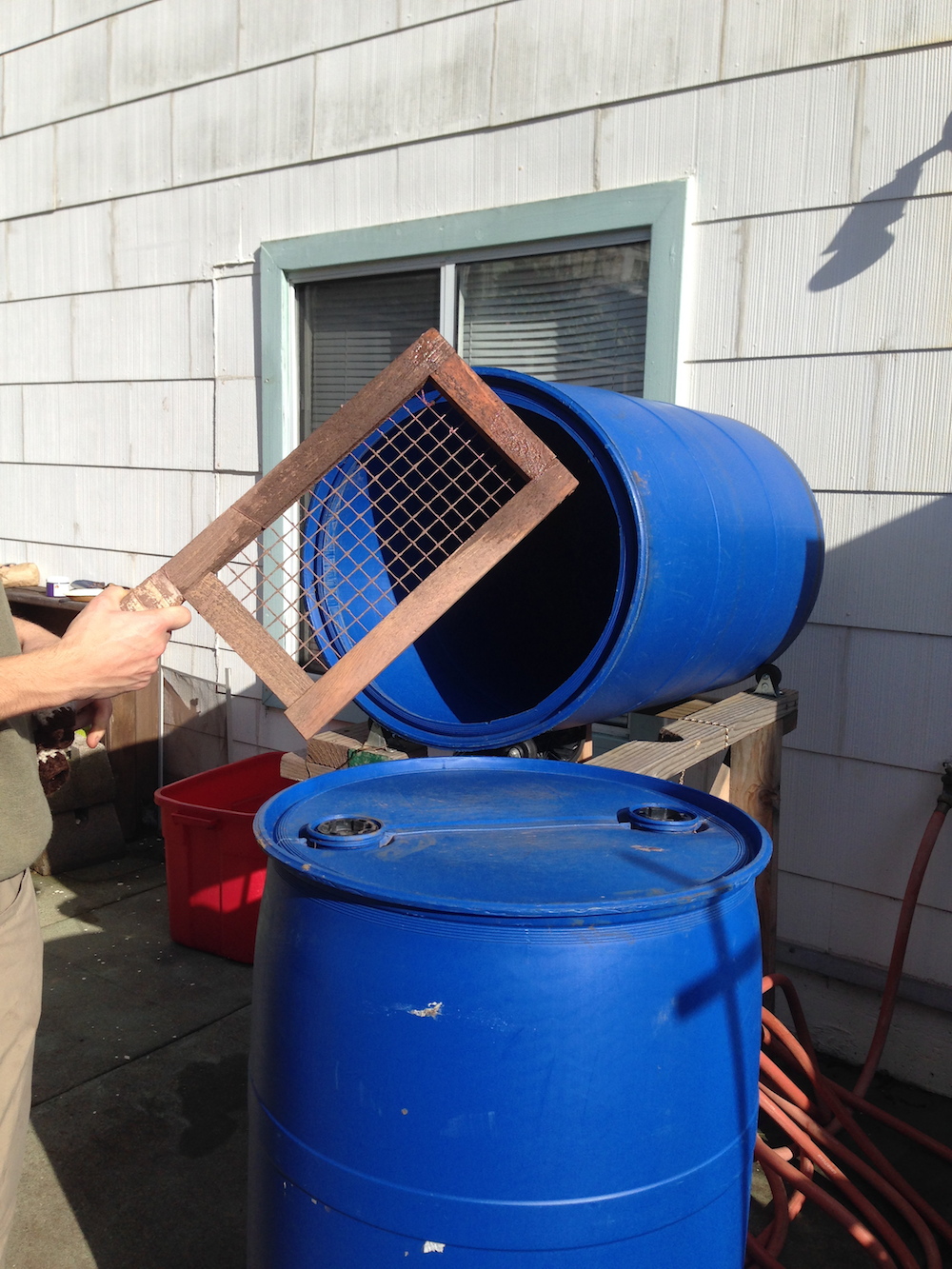
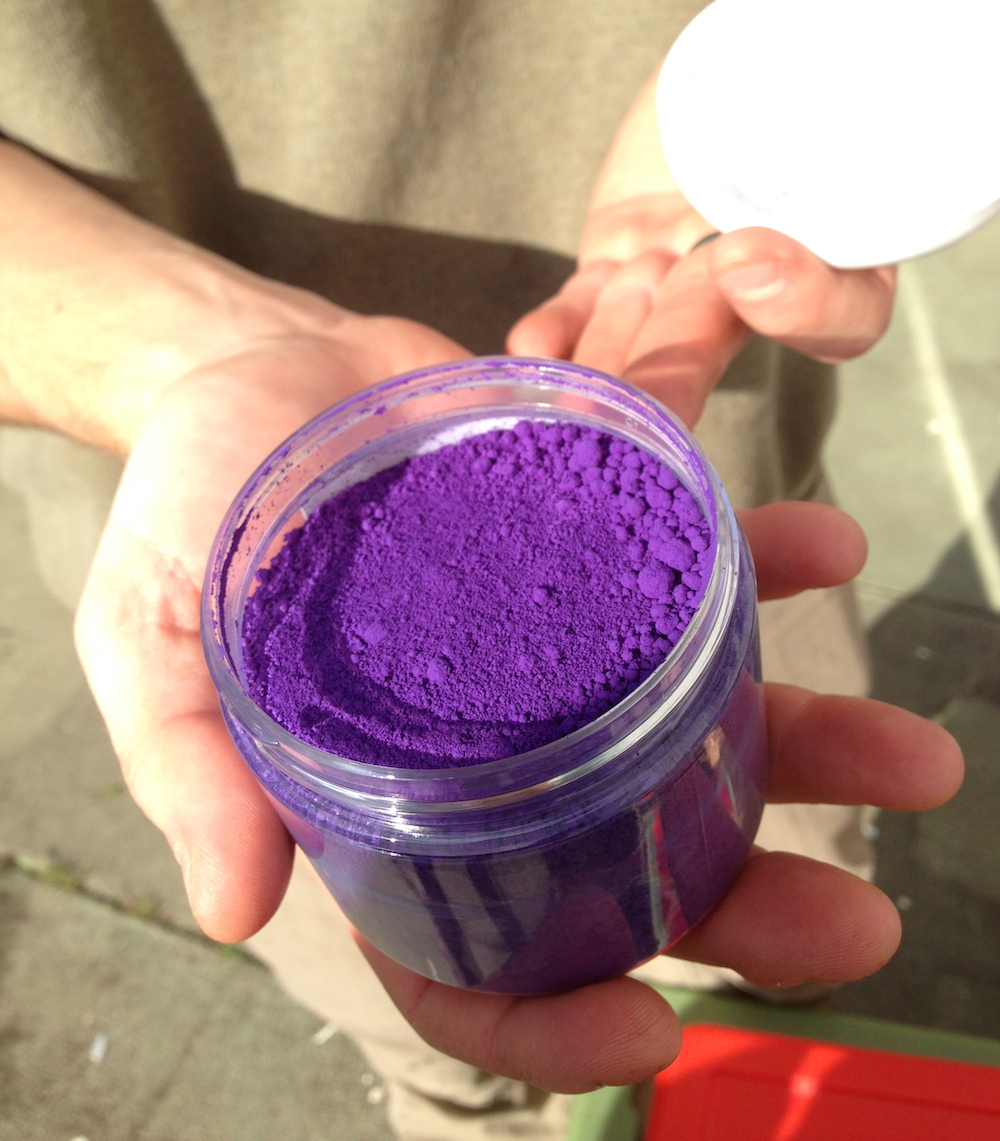
Burley and Khin originally started rolling every single seed ball with their hands, but were challenged when they started to get an increase in orders. So, Burley engineered a machine made out of a rain barrel that spins on its side and rolls the materials into individual balls, allowing him to make 10,000 balls per week in his backyard. After they are rolled, the Seedles dry outside before getting coated in colored powder and shipped all around the United States. Burley has created different wildflower mixes for different parts of the country, so customers can plant flowers native to their region. If you get Seedles’ Southwest wildflower seed balls ($13 for a pack of 20 seed balls) you’ll be able to spread Red Maids, California Poppies, Lupines, Bluebells, Prarie Asters, and Purple Tansies.
“Our goal is not only to find native plants, but also strong plants that will act as buffets for the bees - plants and flowers that produce a lot of pollen,” Burley says.
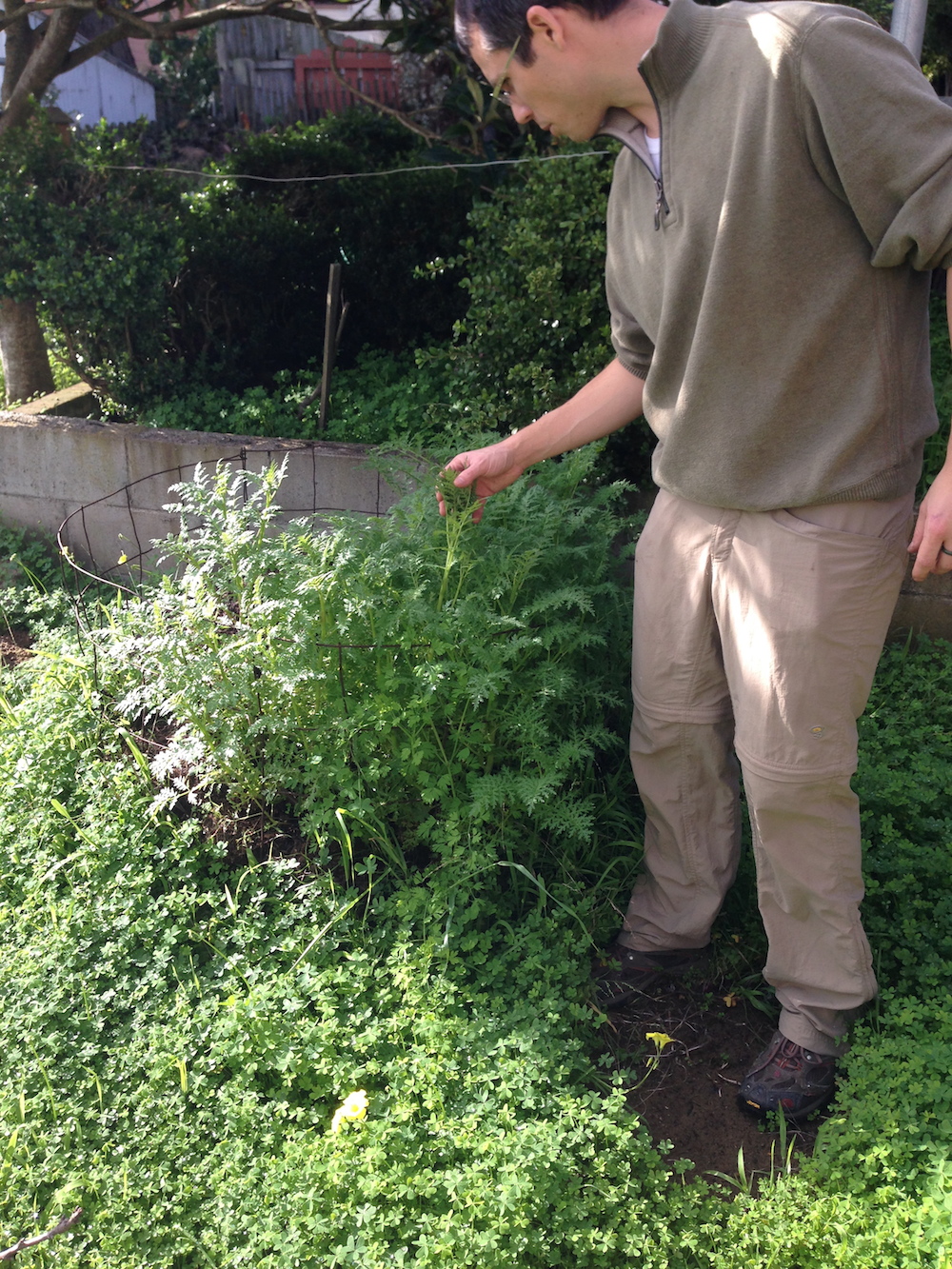
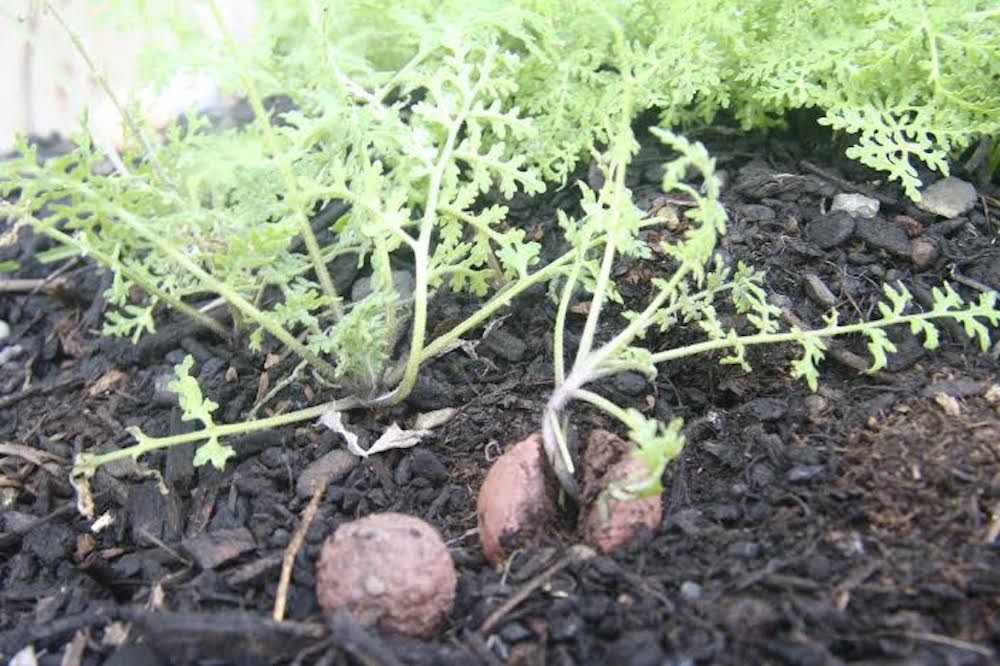
Burley tells me that wildflower meadows across the nation are disappearing as the population grows. These flowerless landscapes are one of the many reasons bee colonies have been collapsing at an increased rate. In the last eight years the annual loss of bees has jumped from five percent annually to 30 percent.
